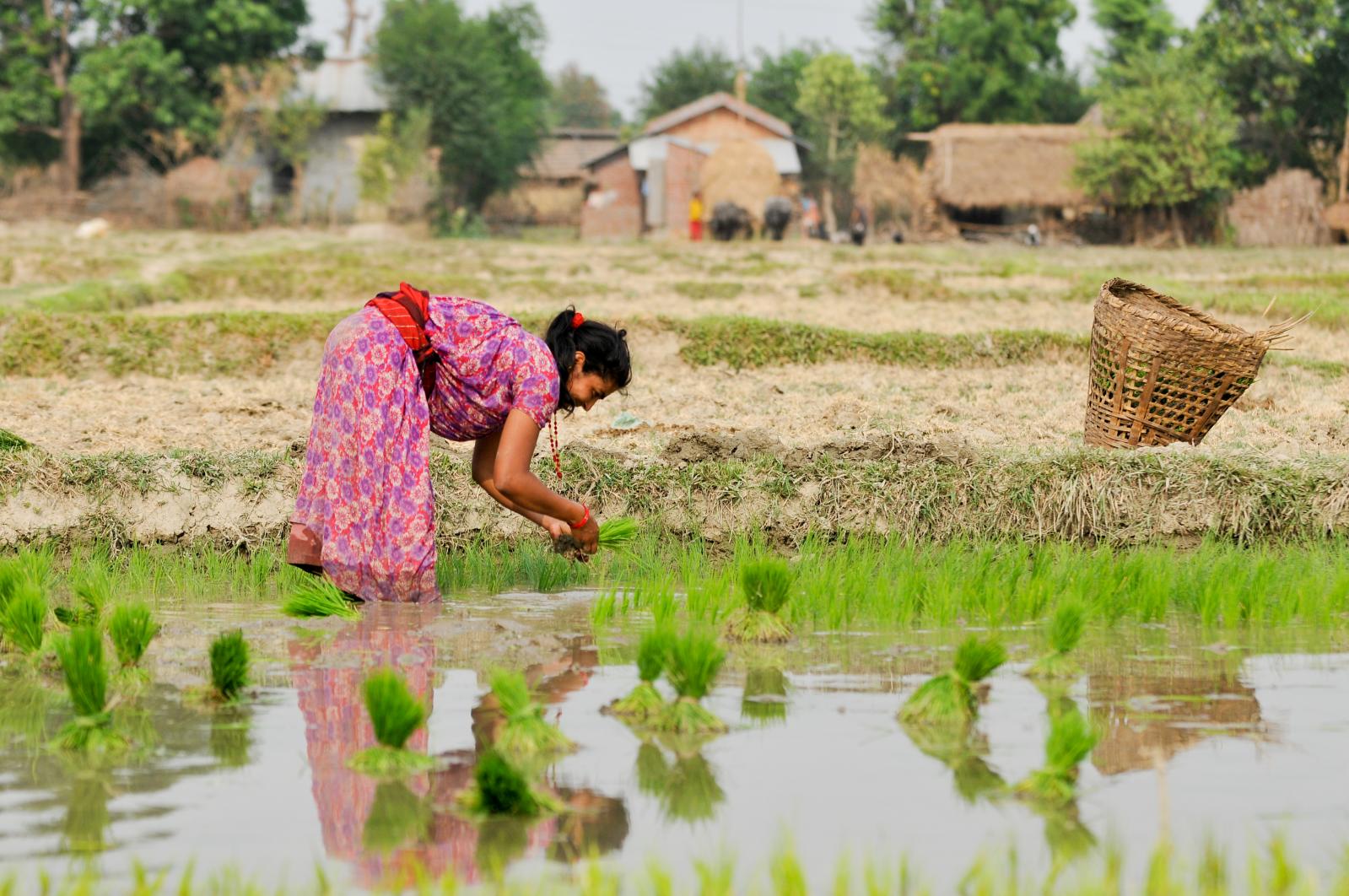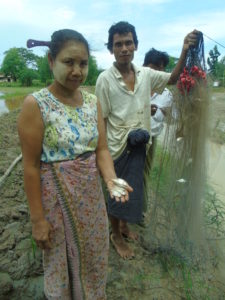

Why applying a gender lens in agriculture matters
June 3, 2019

By Gianna Bonis-Profumo
Among biophysical scientists and agriculture program managers, ‘gender’ is often perceived as a check box to tick and a painful project add-on that a team member has to complete, nominally, in order to comply with 21st century reporting standards.
Yet gender relations and inequity are important in agricultural research and programs, and obviating these is a missed opportunity for greater project impact. The recent CGIAR/ACIAR ‘Seeds of Change’ conference, held in Canberra, explored a range of issues on how ‘gender’ can support improved agronomy, forestry, husbandry and fisheries. Attended by 280 delegates from 45 countries, it was the first international forum dedicated to gender equality in agricultural development.
In this blog, I highlight three issues from examples of approaches presented at the conference I found to be at the core of why applying a gender lens in agriculture is valuable.
Why does the relationship between women and men matter to agriculture research and programs?
1. Identifying who does what when can improve project design and effectiveness
Gender analysis includes assessing gender roles and differences in the division of labour. Understanding early in a project how male and female farmers allocate tasks in the field and in the household, as well as their activity domains across value chains can yield outputs later on. Gathering sex-disaggregated data is a must to capture such differences.
Rural women perform productive tasks as well as most domestic work. A study in Nepal and India quantified energy expenditure and time use differentials between male and female farmers across the cropping cycle. These results can point towards most suitable technological improvements to reduce female farmer’s workloads. In gender-sensitive agricultural interventions, time-saving equipment is essential to reduce women´s burden.
In Myanmar1, normative barriers shape fisheries and rice production as male domains while women lead processing and marketing activities. A lack of understanding of these dynamics would affect negatively programs aiming to transform production towards integrated rice-fish systems.
2. Agricultural programs that strive for nutrition outcomes need to involve women
Nutrition-sensitive agricultural (NSA) programs integrate objectives to support nutritional improvements among farming families. To achieve that, understanding gender relations is the key because women manage food provision within households. Yet, the decision-making on foods purchased or their allocation might be informed by gendered power dynamics, as I have investigated in Timor-Leste. Since most food insecure people are farmers, NSA research is of foremost importance.
During a workshop, the IFPRI team unpacked the conceptual pathways between agriculture, nutrition and health outcomes, essential to design NSA programs. Combining activities to develop production and income generation with ones specifically focusing on women’s roles promises a more bountiful harvest in the nutrition domain.
In terms of effectiveness, indicators focusing on diets instead of nutritional status are more appropriate, as agriculture interventions can change what people eat, but are unlikely to change other nutrition determinants. Improving dietary quality is far more realistic than reducing stunting. For gender research, individual measures can capture potential differences in intra-household food distribution.
3. Women’s empowerment is essential to transform rural livelihoods

Most programs ultimately aim to make farmers’ livelihoods more sustainable and resilient. Yet, rural women face barriers to engage with economic opportunities due to gender-based discrimination and social norms. Promoting women’s economic participation and gender equality requires strengthening women’s capabilities, both in terms of agency and resources.
In 2011, a seminal report quantified women’s participation in rural labour markets at the regional level, giving visibility to the role of women in agriculture. Cheryl Doss, who led the study, currently investigates the impact of male out-migration on agricultural production and intra-household decision-making in Nepal, where despite significant changes in women’s farm roles due to migratory patterns, there is little evidence of women’s economic empowerment as a result.
In her insightful public lecture, Professor Naila Kabeer from the London School of Economics, criticised how economically active women are often referred to as empowered women, “We can’t conflate labour force participation with empowerment”. Empowerment might happen not only though the economic pathway but also through politics and culture. Power structures create disparities in access to resources, while having resources does not necessarily equate to having the capacity or agency to decide over them.
Gender is a social dimension, as and such, it can be changed
To challenge social and gender norms as well as power imbalances, gender transformative approaches (GTA) work with men, women and their communities through integrated programming. GTA projects show shifts in gender equality attitudes among small-scale fisheries actors in Zambia, while in Cambodia women’s decision-making autonomy over crop production increased.
Not all agricultural projects need to be gender-sensitive. But they should be, at a minimum, cognisant of the different gender roles embedded in the livelihood activities involved to ensure more successful projects. A gender lens in agriculture, once well understood and applied from the design phase, is about increasing the project’s impact.
However, as Jayne Curnow, the Social Sciences Program Manager from ACIAR stated, “It’s no longer a question of why we are incorporating gender, it really is a question of how”.
Find more videos on the keynote addresses and interviews from the Seeds of Change Conference in this link.
Gianna Bonis-Profumo is a PhD Candidate at the Research Institute for the Environment and Livelihoods (RIEL), at Charles Darwin University, and was a Crawford Fund young scholar in 2016.
1 See Scott’s abstract in the Conference program.




 0
0